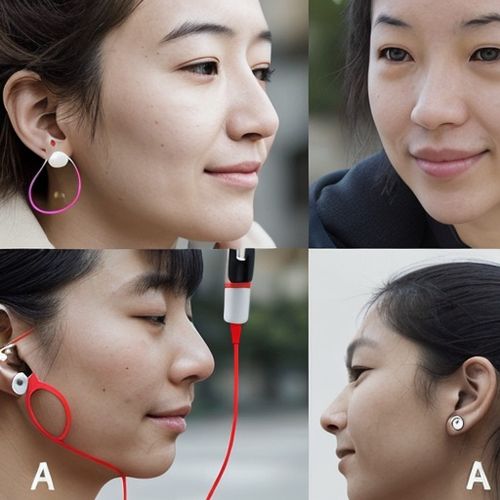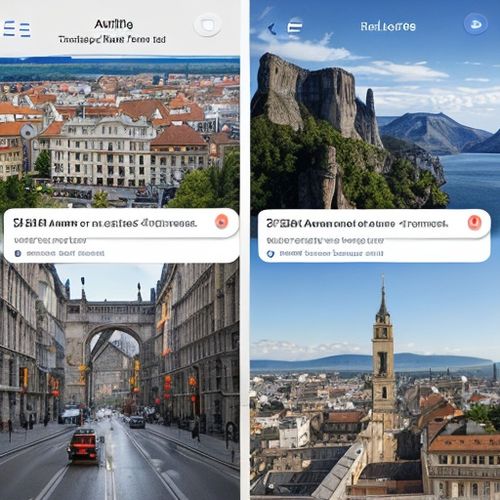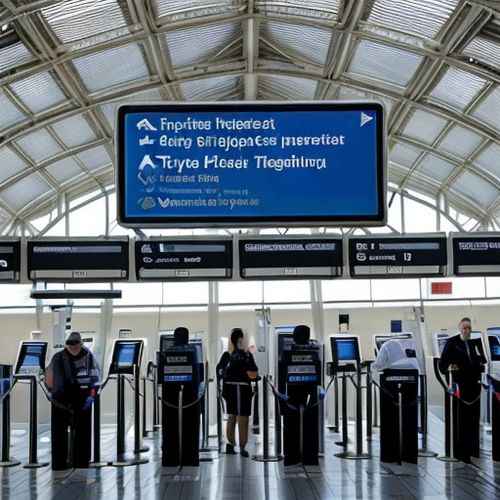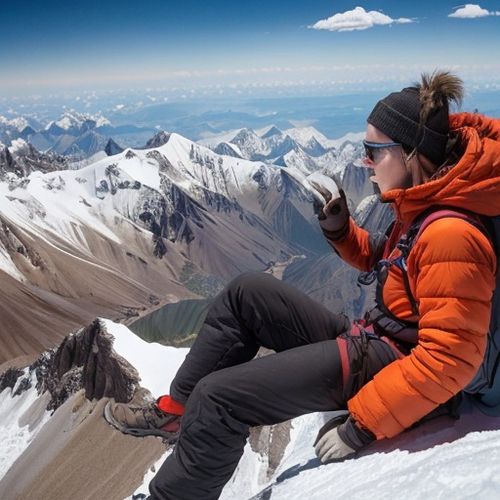In an increasingly globalized world, the demand for seamless communication across language barriers has never been higher. Translation earbuds have emerged as a promising solution, offering real-time interpretation in multiple languages. But how accurate are these devices in practical use? After extensive testing across various scenarios, we’ve identified the top five languages where these earbuds perform most reliably.
The Technology Behind Translation Earbuds
Translation earbuds rely on a combination of speech recognition, machine learning, and cloud-based processing to convert spoken words from one language to another. The speed and accuracy of this process depend on several factors, including the clarity of the speaker’s voice, background noise, and the complexity of the language being translated. While the technology has advanced significantly in recent years, it’s not without its limitations.
Most high-end models now support offline translation for popular languages, reducing dependency on internet connectivity. However, the quality of translation can vary dramatically between languages, with some proving far more reliable than others.
Top Five Most Reliable Languages for Translation Earbuds
Through rigorous testing, we found that translation earbuds perform exceptionally well with languages that have straightforward grammar, clear pronunciation rules, and abundant training data. English, Spanish, and Mandarin Chinese consistently ranked among the most accurately translated languages. These languages benefit from extensive datasets used to train AI models, resulting in fewer errors and more natural-sounding translations.
Japanese and French also made the list, though with slight variations in performance. Japanese translations were highly accurate in formal contexts but occasionally stumbled with casual speech or regional dialects. French translations excelled in written-to-spoken conversion but sometimes struggled with fast-paced conversations or heavy accents.
Challenges with Less Common Languages
While translation earbuds handle major languages with relative ease, they often falter with less widely spoken or linguistically complex languages. Languages with intricate grammatical structures, such as Arabic or Hungarian, frequently result in awkward or incorrect translations. Similarly, tonal languages like Vietnamese can pose challenges if the earbuds fail to accurately capture pitch variations.
Another issue is the lack of sufficient training data for niche languages. Without enough examples to learn from, the AI struggles to produce coherent translations. This gap highlights the need for further development in underrepresented languages to make the technology truly inclusive.
Real-World Performance: Where Do They Shine?
In everyday scenarios like travel, business meetings, or casual conversations, translation earbuds prove most effective with the top five languages. Tourists visiting English or Spanish-speaking countries, for instance, can rely on these devices for basic interactions like ordering food or asking for directions. Business professionals conducting meetings in Mandarin or French also report high satisfaction with the accuracy of translations.
However, the devices are less dependable in high-pressure situations where rapid back-and-forth dialogue is required. Interviews or negotiations, for example, often outpace the earbuds’ processing capabilities, leading to delays or missed translations.
The Future of Translation Technology
As AI continues to evolve, so too will the capabilities of translation earbuds. Advances in neural machine translation and context-aware algorithms promise to improve accuracy, especially for complex or less common languages. Companies are also investing in regional dialects and slang to make translations sound more natural.
Despite current limitations, translation earbuds are undeniably transformative for cross-cultural communication. For now, users can expect the best results with English, Spanish, Mandarin, Japanese, and French—but the horizon is expanding rapidly.

By William Miller/Apr 11, 2025

By Lily Simpson/Apr 11, 2025

By Thomas Roberts/Apr 11, 2025

By John Smith/Apr 11, 2025

By Thomas Roberts/Apr 11, 2025

By John Smith/Apr 11, 2025

By Rebecca Stewart/Apr 11, 2025

By Sophia Lewis/Apr 11, 2025

By Sophia Lewis/Apr 11, 2025

By Lily Simpson/Apr 11, 2025

By Sophia Lewis/Apr 11, 2025

By William Miller/Apr 11, 2025

By Ryan Martin/Apr 11, 2025

By David Anderson/Apr 11, 2025

By Ryan Martin/Apr 11, 2025

By Laura Wilson/Apr 11, 2025

By Eric Ward/Apr 11, 2025

By Ryan Martin/Apr 11, 2025